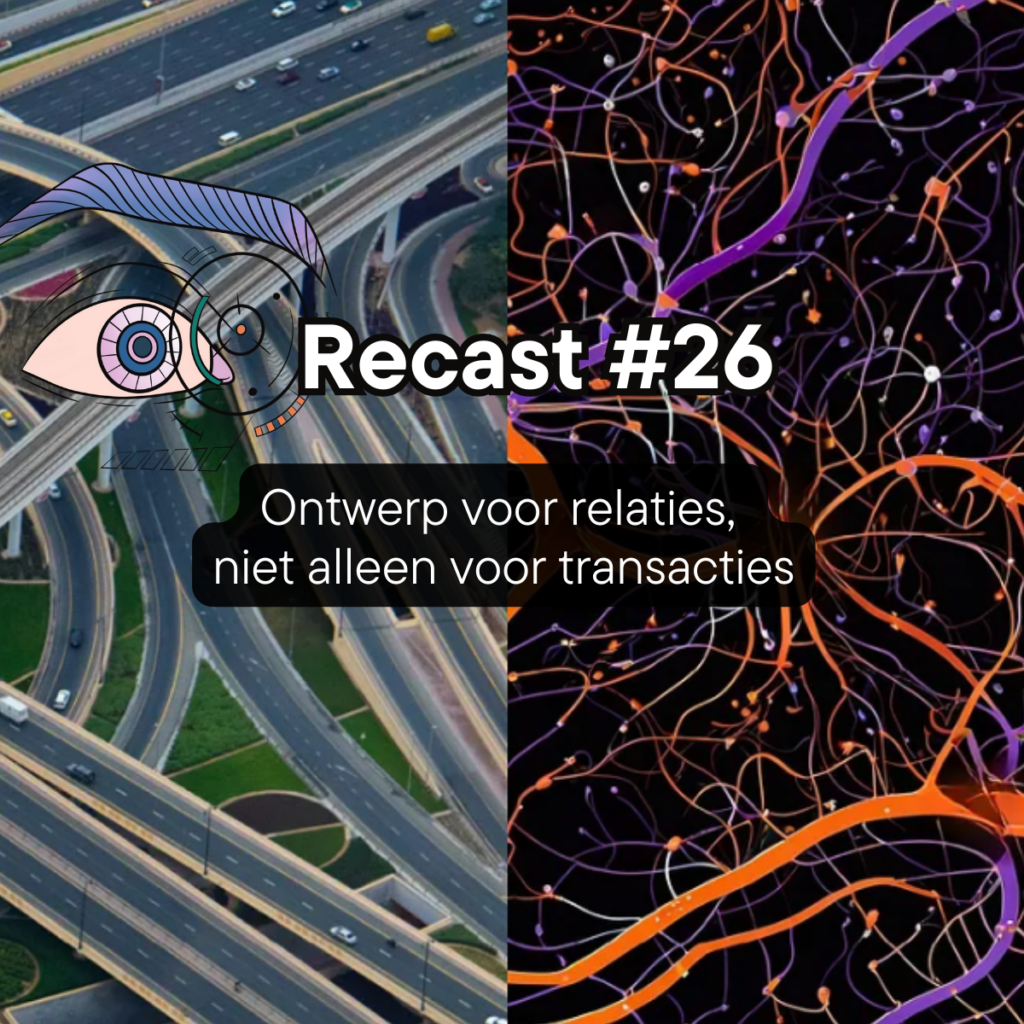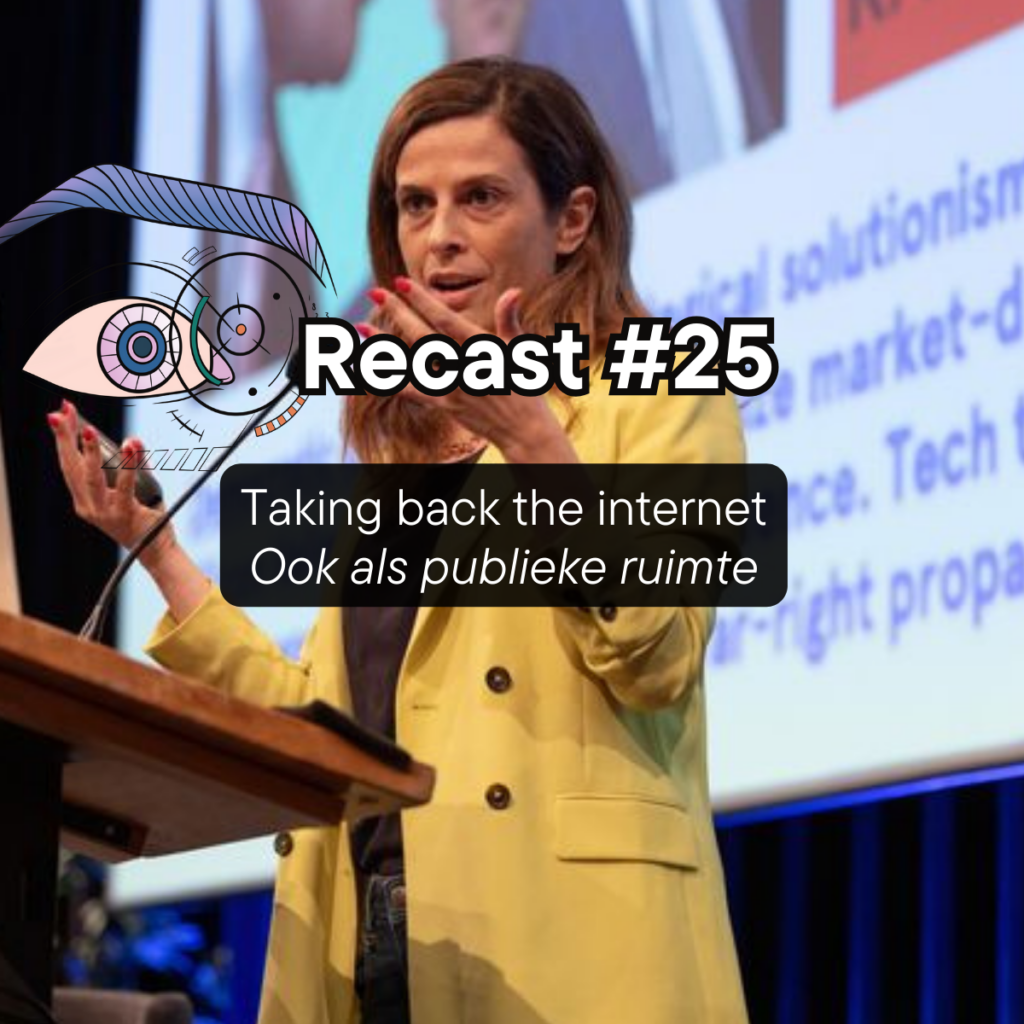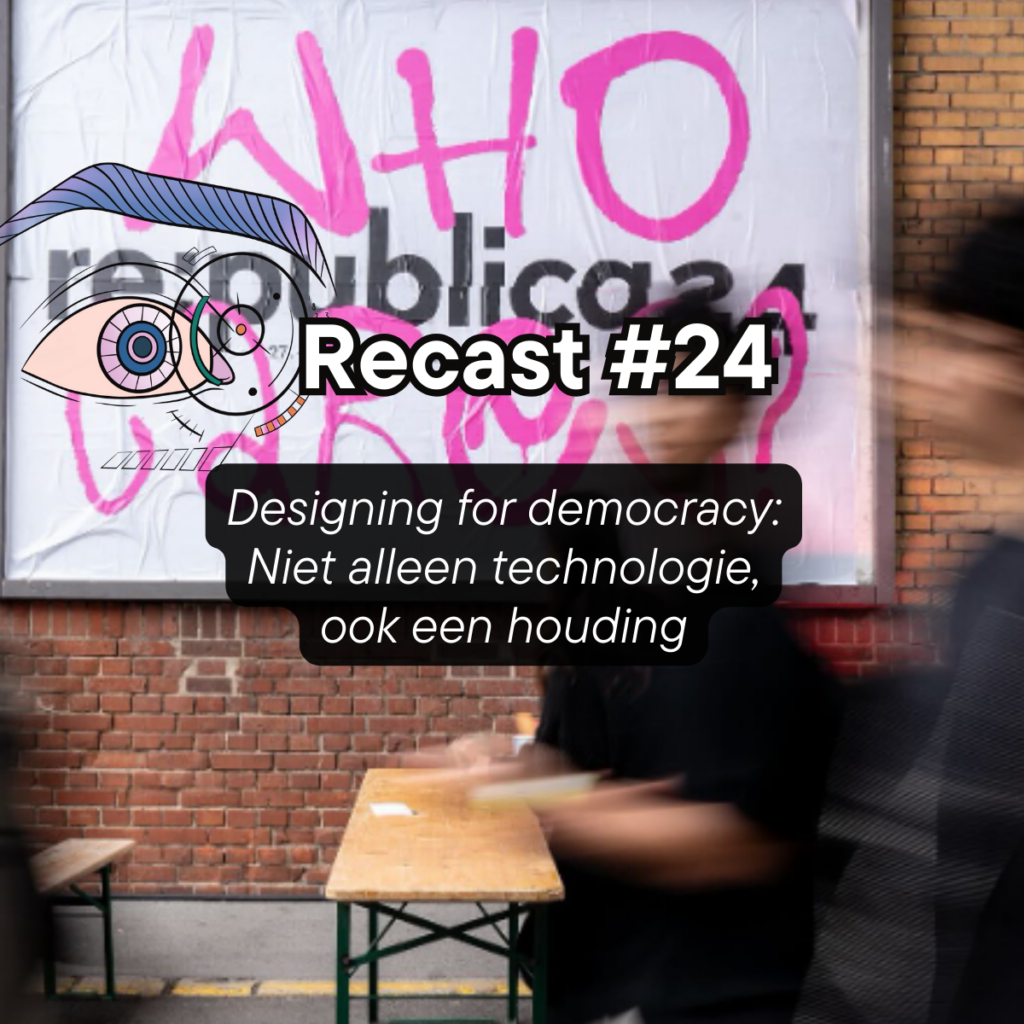Insight
Discovering the problem: Heat resistant city and Home owners
This article is the continuation of the following article:
Main Project Entry: Heat Resistant Cities 2 – Digital Society School
Recapping our challenge
As citizens living in big cities that are full of man-made materials, it can become difficult to notice certain aspects of nature. For example, stars and the Milky Way above our head at night are blocked by light pollution and by buildings. Another example is the heat stress effect that is invisible to our eyes.
We are working on a project to tackle urban heat stress at the Digital Society School. In this article, we present our activities and results from the first design phase, Sprint1. Our project is focused on the urban heat stress challenge across two semesters (Read more about our project and the project in Fall ‘21)
Our project goal is to explore, “how we might use Digital Twins of cities to communicate and visualise invisible night-time heat stress, to create awareness, and empower homeowners to take action in their homes and surroundings”
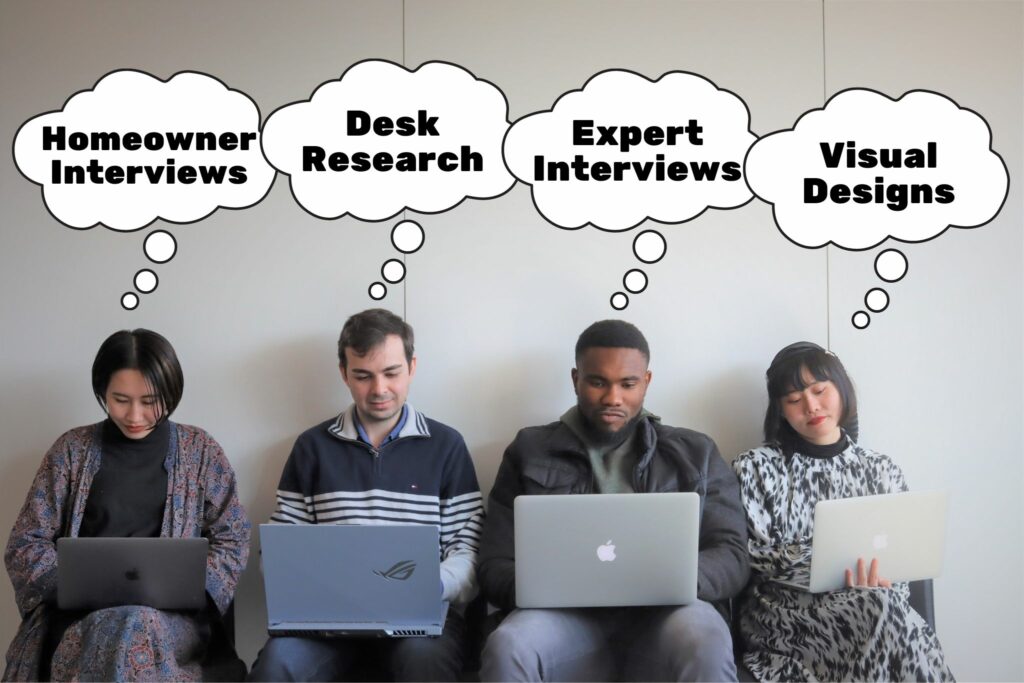
Our work in Sprint1
1) Experiencing The Diversity of Homeowners in the Netherlands
Cities house a diverse range of citizens, especially in Amsterdam on the crossroads of the world with a big international community. In the initial phase (Sprint1) of our project, we focused on meeting diverse homeowners in the Netherlands (user research), by visiting them in their homes and interviewing them. We asked them about:
- Their lives and tasks at home
- Their perspectives towards their homes and neighbourhoods
- Their previous knowledge on climate change and heat stress effect.
- Media sources they follow with usage habits
These interviews helped us draw insights on their profiles, motivations, behaviours, needs, pains, demographics, previous experiences with heat stress, awareness, and more with the scope given below. By taking these into account, personalised or common grounded developments can be made to tackle the problem in the next sprints.
Scope of Interviews
- Group the homeowners into personas based on their age: young families, professionals, retired elders
- Understand the current state / life of target audiences
- Identify necessities and possibility opportunities
- Identify patterns across homeowners
- Assess behaviours and willingness to act
- Test communication design based on posters (see below)

One of the other tasks during the sprint included, investigating ‘effective communication methods’ to be able to transmit information about climate change in a way that would trigger homeowners to take action. Every person has different emotional responsiveness and interests to the information exposed to them. During the interviews, to get insights on homeowners’ behaviours towards educational ads, we showed them two different styles of posters about climate change. One of the posters has a strong call–to–action design style with red, eye-catching, contrasty colours but without educational information, while the other has a less attractive style but more detailed information about the climate change.
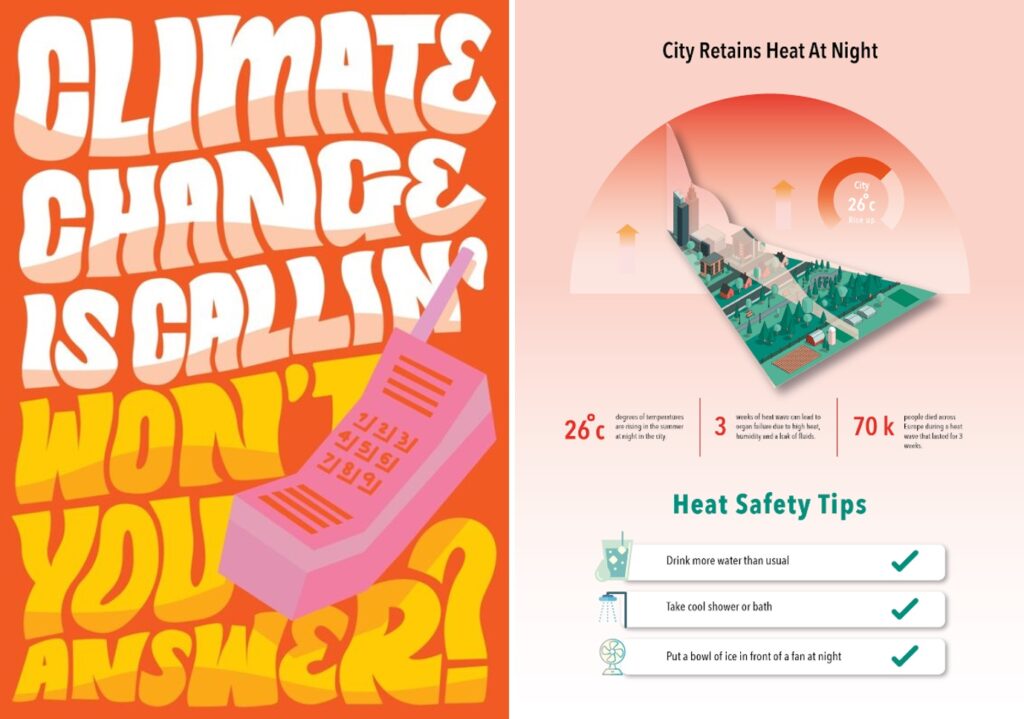
The interpretation and implementation of the understandings above will show us the route that we will take in Sprint-2 phase of our project, in which we’ll be taking our first steps towards creating practical applications with the feedback we’ll get from the diverse homeowners, our partners Amersfoort Municipality and TAUW company.
‘Behaviour Design Theory’ will be used in the next sprints for the interpretation of this understanding. Basically, it can be summarised as
B = M * A * P
where B = Behaviour, M = Motivation (hopes/fears, pleasures/pains, social acceptance/rejection), A = Ability (Time, money, effort, brain cycles, social deviance, routine), P = Prompt (Facilitator, Spark, Signal).
2) Understanding the Current Situation heat islands effect from the Experts
Secondly, we interviewed two experts to gain insights about both climate change details, and also communication methods towards people. Professor Jeroen Kluck, a climate change expert, mentioned that:
- Heat waves are unavoidable in the near future.
- Heat-stress effects are elevated at evening and night times. Focus on solutions inside houses.
- Get citizens aware to ongoing situation by showing them future predictions, different scenarios, and key numbers.
- Trigger citizens to take action through discussions on comfort/discomfort. Comfort zone is more about people’s minds not bodies.
“Key solutions are mostly about making people aware about what they can do to resist the heat: Drinking water, closing windows during daytime, finding a way to block the Sun. Furthermore, show what will disturb their comfort; people really care about their comfort.” – Professor Jeroen Kluck
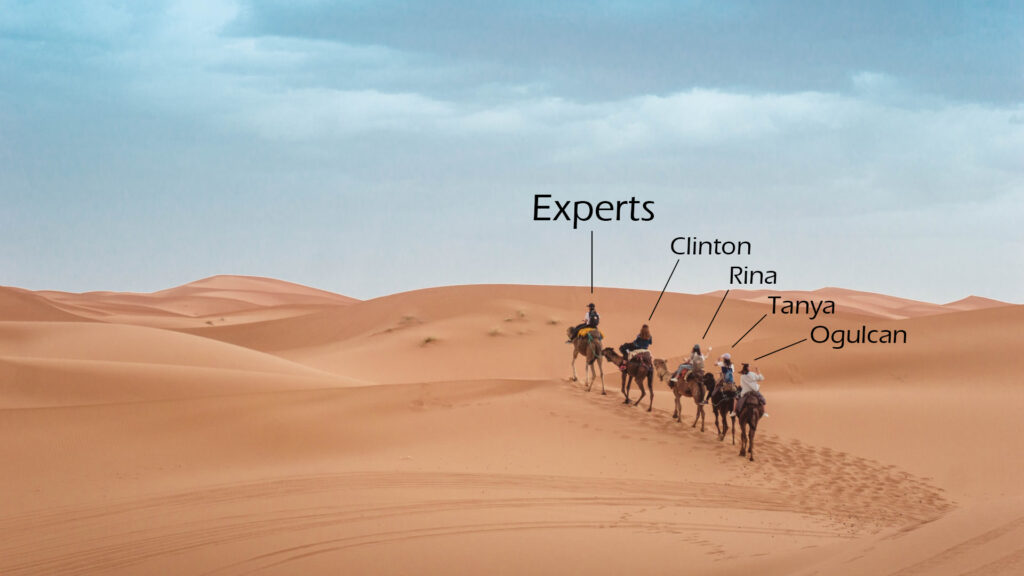
We also spoke to colleague, Jadine van Ooijen, a communication expert. She suggested that we:
- Diversify citizens to reach broader audiences, due to the different media sources use
- Group those who are more likely to take action and feel the urgency
- Think about ways to connect children with elderly to empower them both and to promote collective action
- Find methods to simplify complex problems
“In the Netherlands, there’s the news channel, Jeugdjournaal, for young people that helps explaining the difficult news in an easy-to-understand way. As a result, not only kids but also many adults love to watch it too.” – Jadine van Ooijen
3) Desk Research
Thirdly, we conducted desk research to find global examples tackling awareness on heat waves. They vary from,
a) Data driven technological solutions
Examples,
- Trees as Infrastructure – click:
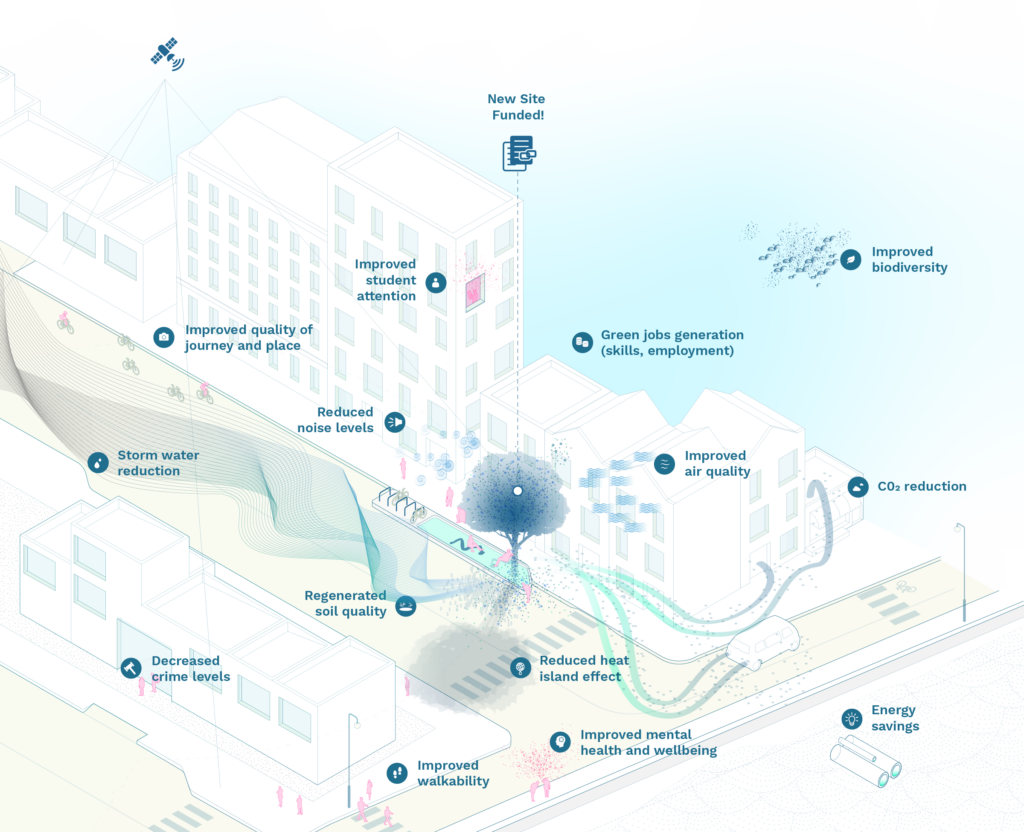
- Amsterdam Climate Adaptation Maps – click:
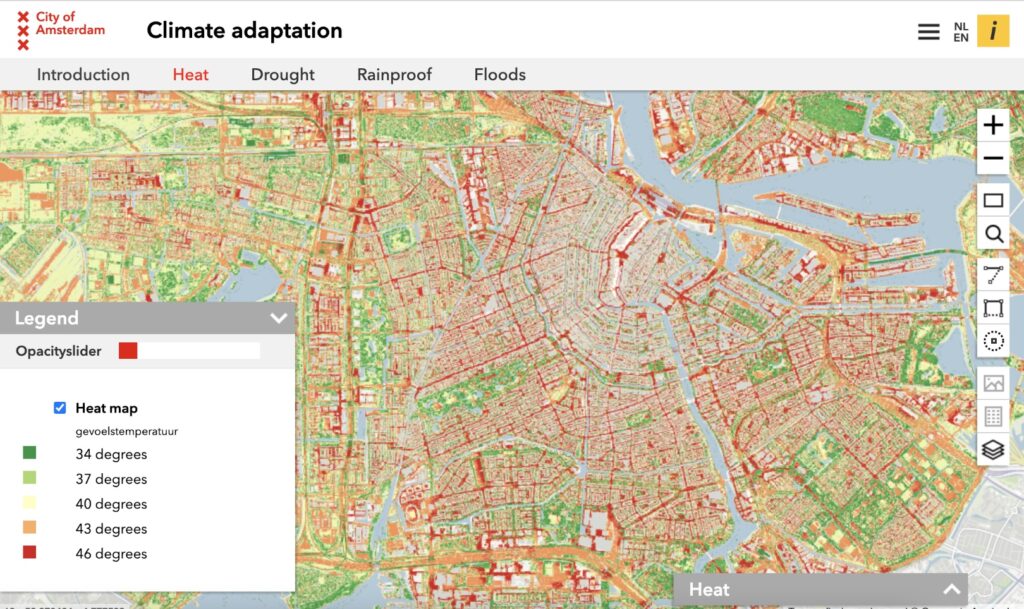
- Utrecht in 3D – click:
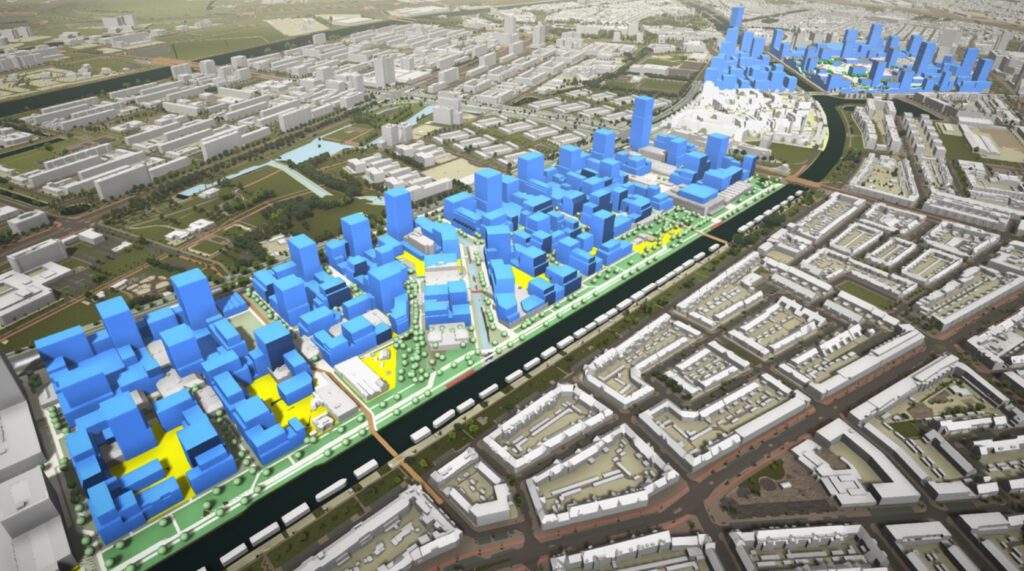
b) Advertisements or cultural campaigns to build awareness in a fun way
Examples,
- Mobile Green Living Room – click:

- Song Kran Day in Thailand – click:

- Jaywalking Advertisement in Canada – click:
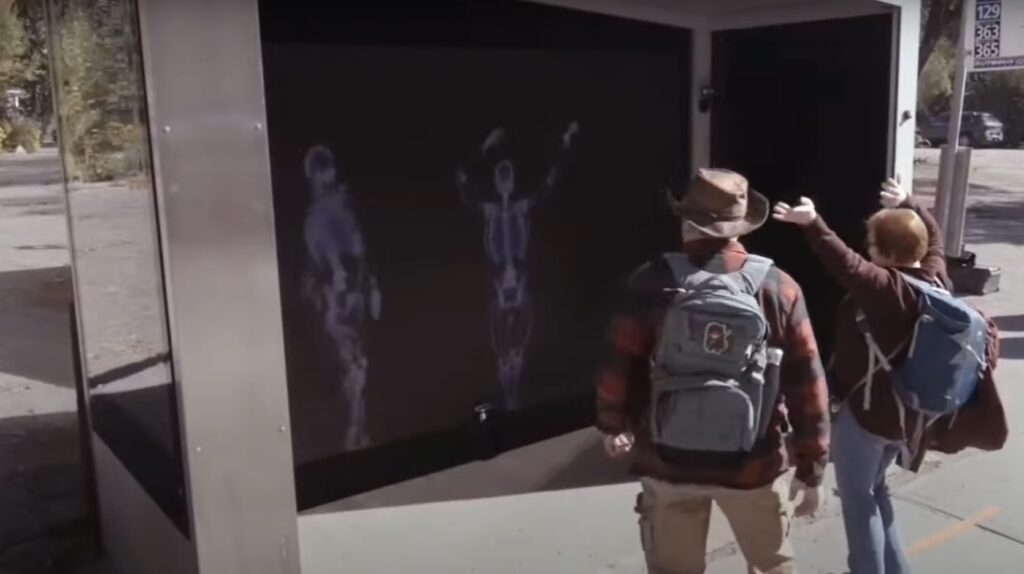
c) Visual interactive & communicative methods with added scientific elements
Examples,
- Urban Photo Bioreactor – click:
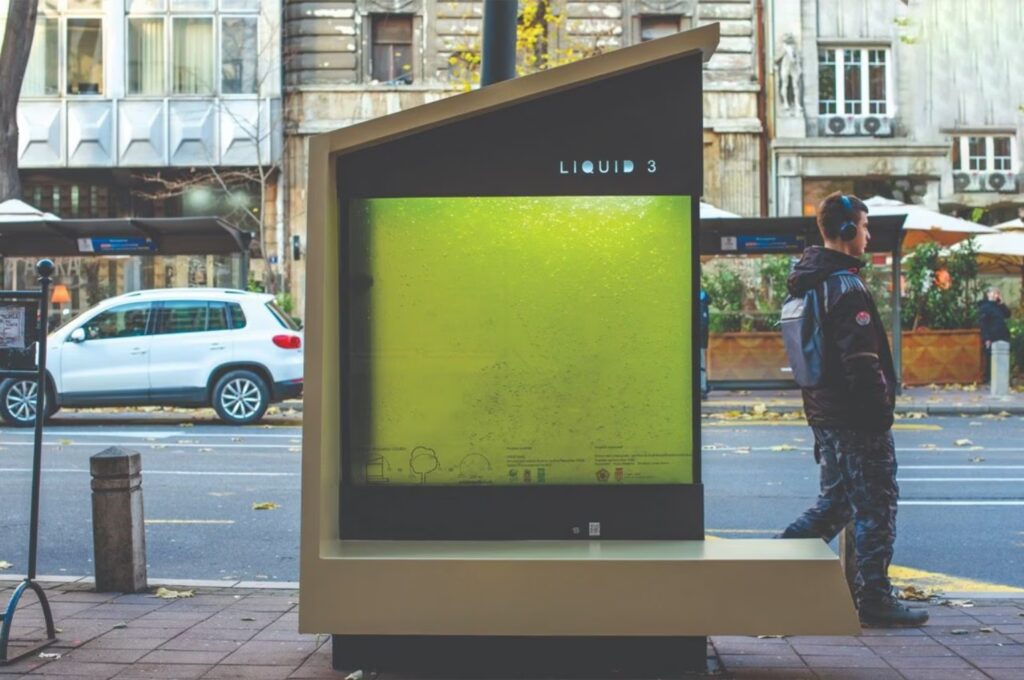
- Symbiosia – click:

Conclusion and Further Steps
The project will last until the end of the June 2022, divided into five different sprints developing the preceding ones. In this first sprint, we focused on setting up the basis of our project by collecting background information. This basis will set our vision for the next sprints where we’ll start developing a solution.
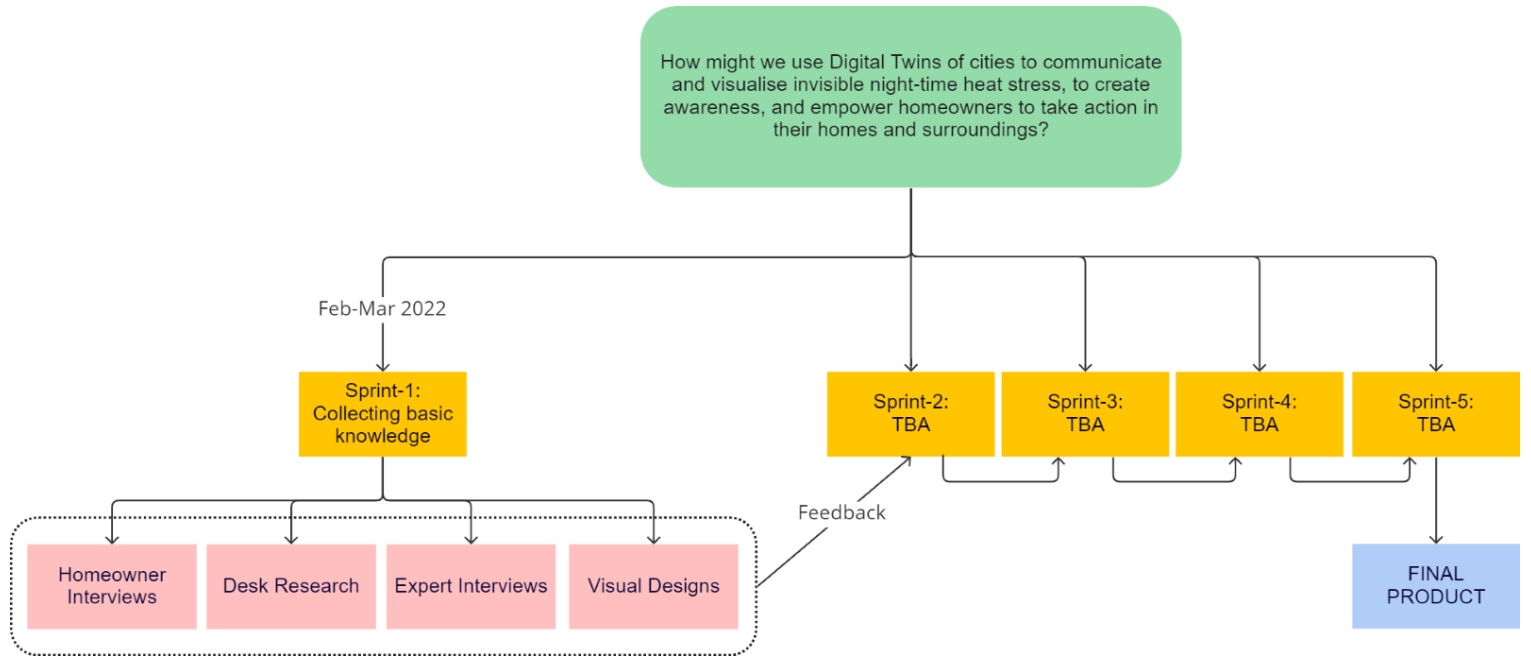
Our next step in Sprint-2 will include asking “How might we…?” questions in order to combine this diverse information and develop some tangible conceptual products. Later sprints will include selection of one of these concepts and will later progress into the prototyping phase.
Team Members
- Clinton Emenari
IT Engineer
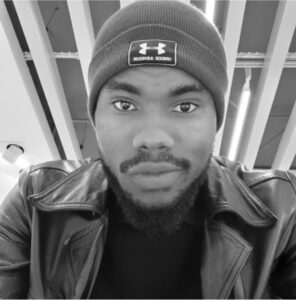
- Rina Horisawa
Design Researcher

- Tanyatorn Lauwanichpat
UX Designer

- Oğulcan Temiz
Generalist

This article continues on the following article:
The Smart Talking Plant Pot: The Smart Talking Plant Pot
